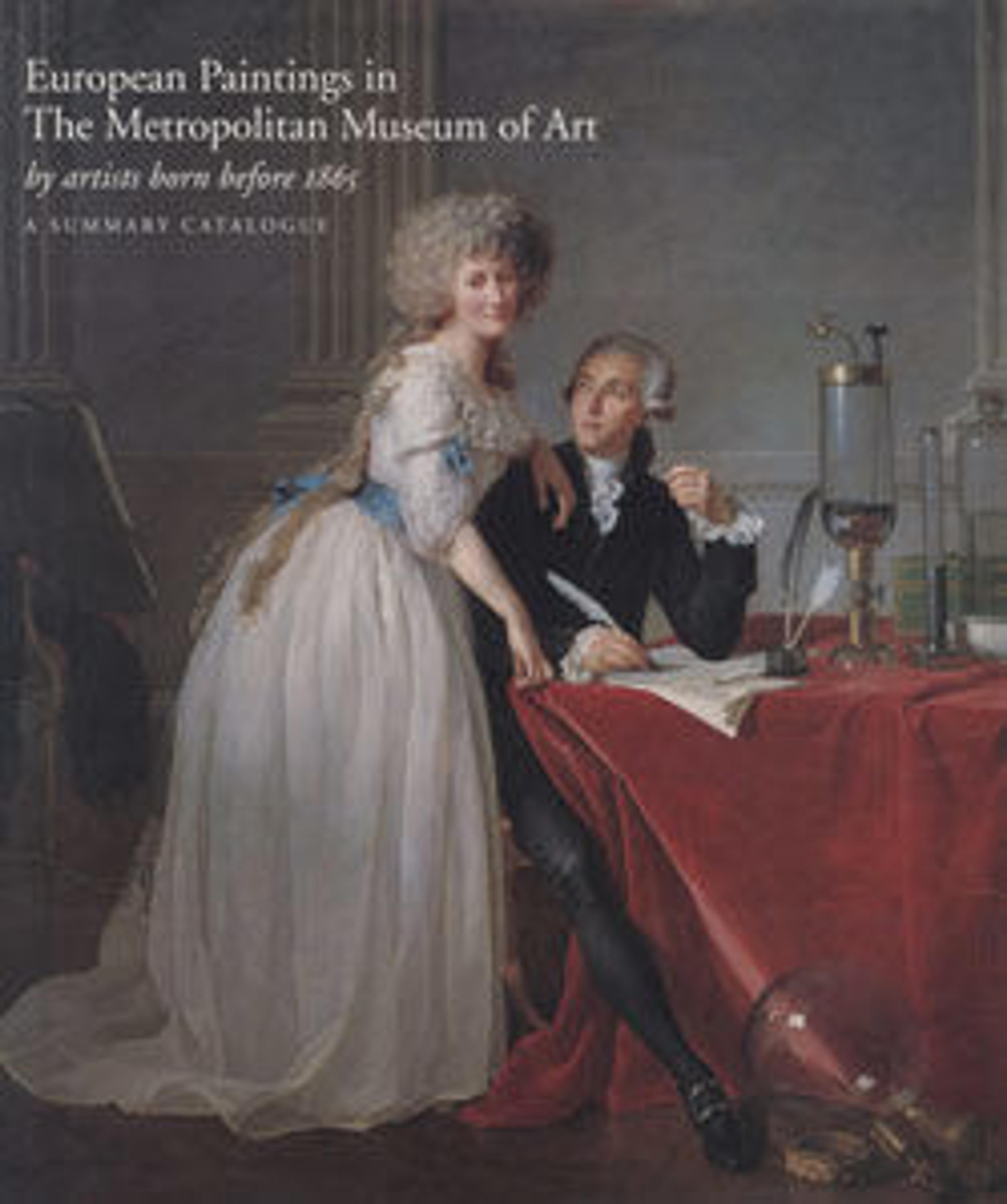Allegorical Figure Representing a Virtue, Possibly Patriotism
This detached fresco is from a series of four ovals that were designed by Tiepolo and painted by his workshop for the decoration of the corners of the ceiling of a room in the Palazzo Valle-Marchesini-Sala in Vicenza. The allegorical figure of a virtue has been identified as representing Patriotism.
Artwork Details
- Title:Allegorical Figure Representing a Virtue, Possibly Patriotism
- Artist:Workshop of Giovanni Battista Tiepolo (Italian, Venice 1696–1770 Madrid)
- Date:1760
- Medium:Fresco, transferred to canvas
- Dimensions:Oval, 49 3/8 x 36 1/4 in. (125.4 x 92.1 cm)
- Classification:Paintings
- Credit Line:Bequest of Grace Rainey Rogers, 1943
- Object Number:43.85.22
- Curatorial Department: European Paintings
More Artwork
Research Resources
The Met provides unparalleled resources for research and welcomes an international community of students and scholars. The Met's Open Access API is where creators and researchers can connect to the The Met collection. Open Access data and public domain images are available for unrestricted commercial and noncommercial use without permission or fee.
To request images under copyright and other restrictions, please use this Image Request form.
Feedback
We continue to research and examine historical and cultural context for objects in The Met collection. If you have comments or questions about this object record, please contact us using the form below. The Museum looks forward to receiving your comments.
